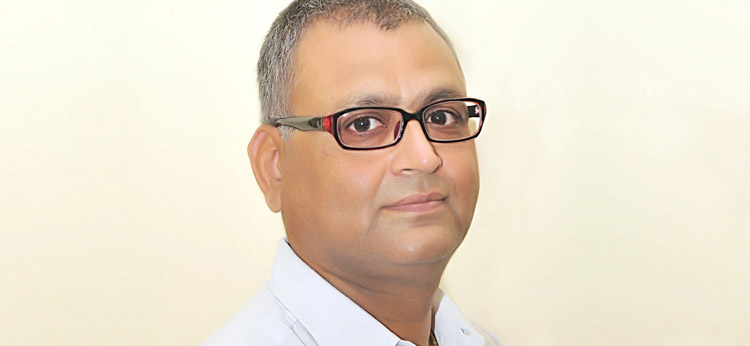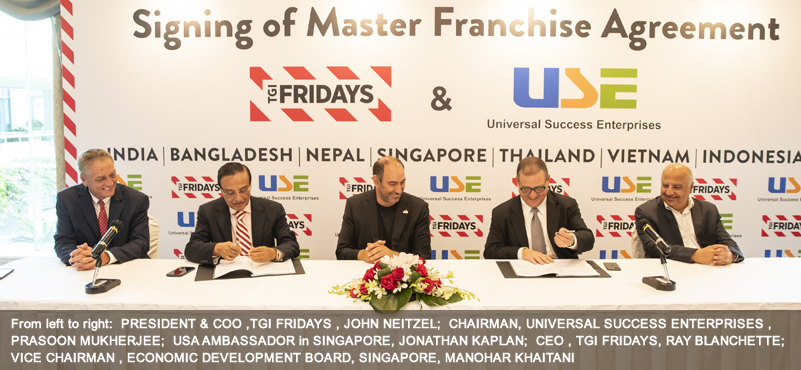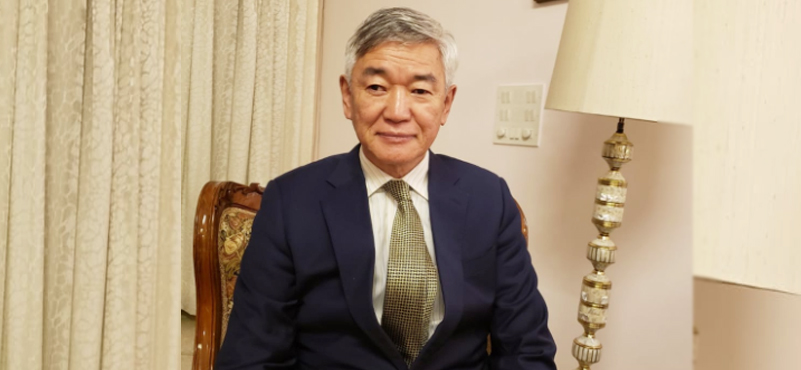Indonesia is aiming to widen its presence in India by focusing on secondary and tertiary cities. Its focus on wide array of activities – a heady mix for leisure and business travellers – could help it increase the Indian outbound numbers, feel Deputy Director and Country Head of Indonesia Tourism.
 Indonesia is planning to increase its presence in India, as it aims at diversifying its source markets. We were told by the Taufik Nurhidayat, Deputy Director of Ministry of Tourism that by the end of this year, they would have two more VITO offices (Visit Indonesia Tourism Office) – one in Delhi and the other in Mumbai. “For us, biggest markets are Australia, South Korea, China and Japan, because of the proximity and direct connectivity. Even though China is in midst of some economic turbulence, the overall inbound has been increasing when looked at from a year-on-year perspective,” he shared during a conversation. Having hosted over a million Chinese travelers last year, the Indonesian government has optimistically set its sight on targeting two million travelers from the Chinese shores. “We have over a million plus figures from Australia, Singapore. Malaysia is closing in on seven figures, so these remain key markets for us,” he further added.
Indonesia is planning to increase its presence in India, as it aims at diversifying its source markets. We were told by the Taufik Nurhidayat, Deputy Director of Ministry of Tourism that by the end of this year, they would have two more VITO offices (Visit Indonesia Tourism Office) – one in Delhi and the other in Mumbai. “For us, biggest markets are Australia, South Korea, China and Japan, because of the proximity and direct connectivity. Even though China is in midst of some economic turbulence, the overall inbound has been increasing when looked at from a year-on-year perspective,” he shared during a conversation. Having hosted over a million Chinese travelers last year, the Indonesian government has optimistically set its sight on targeting two million travelers from the Chinese shores. “We have over a million plus figures from Australia, Singapore. Malaysia is closing in on seven figures, so these remain key markets for us,” he further added.
Expanding is foot-prints into India is a calculation based on the potential of targeting new, upcoming secondary and tertiary cities – which are gaining prominence, thanks to better exposure and, now, enhanced air-connectivity. “Primarily, two markets have been strong for us – that is Delhi and Mumbai. But, other upcoming cities, tier-2 and tier-3 cities now have international airports which hosts a good number of foreign travelers. We feel that there is a lot of potential in smaller cities, beyond metros,” reasoned Sanjay Sondhi, Country Director of Visit Indonesia. Sharing that through their concerted efforts they had been covering over 18-20 cities in a year and trying to strengthen their presence, he said that “we are expecting healthy growth from here. We registered some two hundred and sixty two thousand Indian outbound in 2015. So, to keep up with our new target we must spread ourselves and be more visible.”
Another cause of this foray is based on the fact that while the Chinese market is over-heating and other international markets register not so impressive growth, India’s economic growth has been steadily heading north. “Once we have direct connectivity on offer, footfalls will surely multiply in numbers,” said Sanjay Sondhi. He told us that the Garuda Airlines was holding on for a capacity enhancement – which was to be completed by the end of the year – before taking to the Indian skies. “It is based on their feasibility report. We hope that the fleet expansion happens soon. And soon after, we will have direct air-connectivity between India and Indonesia,” he assured us.
The diverse offerings, ranging from beaches, shopping and cuisines make it an ideal destination for positioning it as a ‘family getaway’. And, that is what they have planned to focus on, said Sanjay. “Indonesia as a destination has a variety of offerings from wellness, spa, nature, and heritage – and, thanks to a considerable infrastructure available, now MICE and corporate travel,” he said. “Not only in Jakarta or other big cities, we have large convention centers even in smaller cities, some are focusing on incentives and corporate movement,” added the country director.
Sharing that culinary travel was also very important to them, he said “from authentic Indonesian cuisines, Indian cuisines to even continental cuisines – we have plenty to offer.”
Indonesia’s pitch to position itself as a MICE and corporate destination is not without challenges; for Singapore, Busan and upcoming attractions like the Jeju Islands are serious competitors that have great offerings and established infrastructure. Sanjay contested by saying that what made them different was their USP of ‘affordable luxury’. “Unfortunately, we do not yet have direct air-connectivity between the two countries. That’s a challenge for attracting MICE segment, as with changing two flights, seat availability becomes an issue – there are connecting flights from busy hubs like Singapore, Thailand and Malaysia,” he said. Adding that however, patrons did see value in coming into Indonesia with reasonably priced offerings, he added that “food and rocking night-life in most of the big cities are an added advantage.”
Sharing that for the past two years, their mandate had been ‘beyond Bali’ – which aimed at attracting travelers beyond the famed beaches of Bali. He agreed, though, that connectivity was an issue that was yet to be ironed out. “Travelers prefer to go to a big city with good flight connectivity. Right now, once you have already changed two flights, you would not want the hassle of changing more flights. But, now Singapore Airlines and Air Asia has good connection, so most of the big cities are well connected,” he told us.
Indonesia is now targeting to take Indian travelers to newer cites, and to show them the value that the destination has to offer. With an augmentation of the existing infrastructure, and good road network, one could drive from Jakarta to Bandung which is a shopping destination. “There are more hotels and convention centers on the anvil which can cater to upwards of five thousand people under one roof,” he detailed some of the infrastructural add-ons.




































